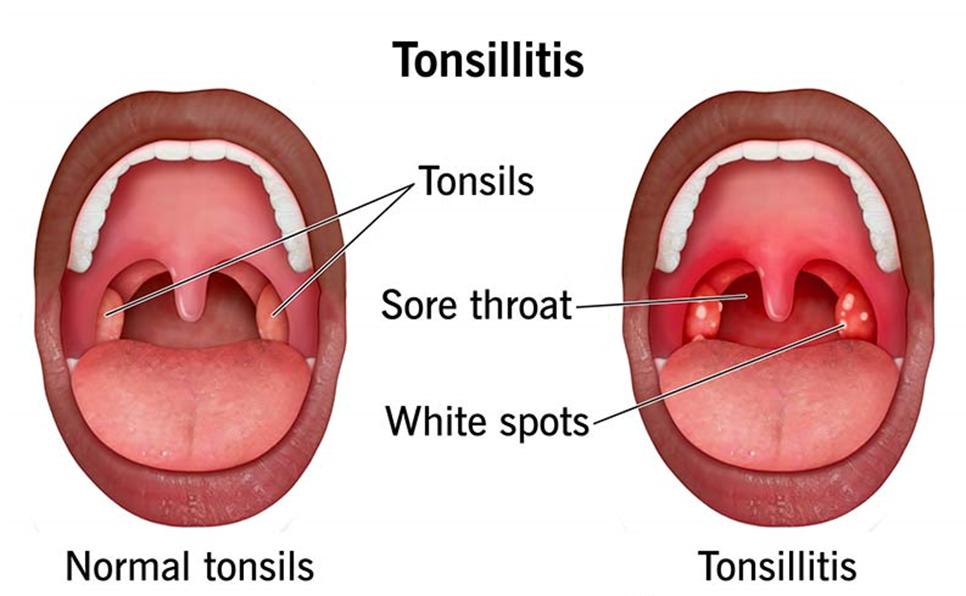The caregivers of a 2-year-old who has had a common cold for 4 days calls the nurse in the emergency department at 2 AM on a cold winter night to say that the child has awakened with a barking cough and an elevated temperature. The caregiver reports she has taken the child into the bathroom and ran hot water for 15 minutes and now the child seems blue around her mouth The nurse would most appropriately recommend what action to the caregiver?
“Bring the child to the emergency room immediately.”
“Bundle the child up and take her out into the cold for a few minutes. Call back if the exposure to the cold air does not provide relief.”
“Take the child into the steam-filled room for an additional 15 minutes. If there is no relief, bring the child to the emergency room.”
“Put a cool mist humidifier or vaporizer in the room to see if that relieves the cough. Call back if there’s no relief in an hour.”
The Correct Answer is A
A. “Bring the child to the emergency room immediately.”
This is the most appropriate recommendation given the symptoms described, including the barking cough, elevated temperature, and blueness around the mouth. These signs may indicate respiratory distress, and immediate medical attention is needed.
B. “Bundle the child up and take her out into the cold for a few minutes. Call back if the exposure to the cold air does not provide relief.”
Taking a child out into the cold is not a recommended intervention for respiratory distress. This action may exacerbate the child's breathing difficulties. The symptoms described require urgent evaluation in a healthcare setting.
C. “Take the child into the steam-filled room for an additional 15 minutes. If there is no relief, bring the child to the emergency room.”
While steam may provide temporary relief for mild respiratory symptoms, the presence of blueness around the mouth suggests a more severe condition. Delaying care by waiting for an additional 15 minutes may not be appropriate in this situation.
D. “Put a cool mist humidifier or vaporizer in the room to see if that relieves the cough. Call back if there’s no relief in an hour.”
Using a cool mist humidifier may be helpful for mild respiratory symptoms, but the severity of the symptoms described, especially blueness around the mouth, indicates a need for immediate medical attention. Waiting for an hour could lead to worsening of the child's condition.
Nursing Test Bank
Naxlex Comprehensive Predictor Exams
Related Questions
Correct Answer is B
Explanation
A. Inability to make audible voice sounds:
This symptom is more indicative of conditions affecting the vocal cords or larynx, such as laryngitis. Tonsillitis primarily involves inflammation of the tonsils and may not directly impact the ability to make audible voice sounds.
B. Erythema of the pharynx:
Erythema (redness) of the pharynx is a common manifestation of tonsillitis. Inflammation of the tonsils and surrounding areas can lead to redness and swelling in the throat.
C. Bark-like cough:
A bark-like cough is often associated with croup, which involves inflammation of the larynx and trachea, not the tonsils. It is a distinct condition from tonsillitis.
D. Hoarseness:
Hoarseness can be a symptom of various conditions affecting the vocal cords or larynx, but it is not a typical manifestation of tonsillitis. Tonsillitis is more commonly associated with sore throat, difficulty swallowing, and erythema of the pharynx.

Correct Answer is B
Explanation
A. Internet resources, movies, and television have the most accurate and current information for your adolescent to learn about sexuality issues:
This statement may not be accurate, as the internet, movies, and television can sometimes provide misinformation or biased perspectives. It's crucial to emphasize the importance of reliable and evidence-based sources when adolescents seek information about sexuality.
B. Being honest and straightforward with teenagers will encourage them to ask about subjects like sexuality:
This statement is valuable as it emphasizes open communication. Being honest and straightforward creates an environment where adolescents feel comfortable approaching their caregivers with questions or concerns about sexuality. It promotes trust and a supportive relationship.
C. Most schools have excellent programs to teach adolescents about sex and sexuality:
While some schools do have comprehensive sex education programs, the quality of these programs can vary. Additionally, the involvement of parents and caregivers in discussions about sex and sexuality is essential. Relying solely on school programs may not cover all aspects, and caregivers play a crucial role in reinforcing positive attitudes and values.
D. Teenagers spend so much time with their peers, and that is usually how they find out about sex:
While it's true that peers can influence adolescents, relying solely on peer influence for information about sex may not provide accurate or comprehensive knowledge. Caregivers should aim to create an open and honest dialogue to supplement information from peers and address any misconceptions.
Whether you are a student looking to ace your exams or a practicing nurse seeking to enhance your expertise , our nursing education contents will empower you with the confidence and competence to make a difference in the lives of patients and become a respected leader in the healthcare field.
Visit Naxlex, invest in your future and unlock endless possibilities with our unparalleled nursing education contents today
Report Wrong Answer on the Current Question
Do you disagree with the answer? If yes, what is your expected answer? Explain.
Kindly be descriptive with the issue you are facing.
